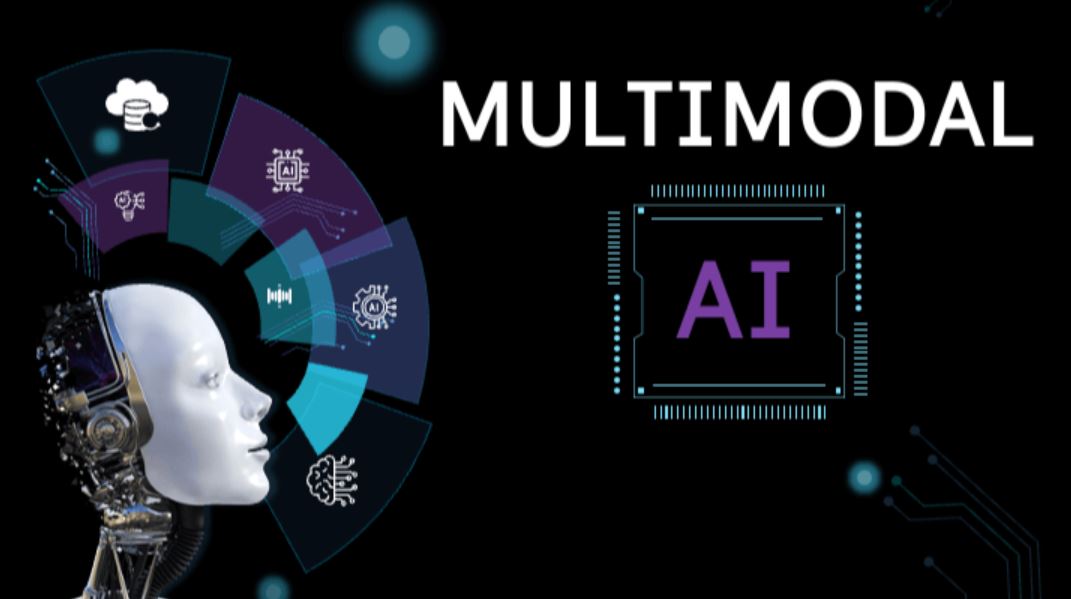 Artificial intelligence is moving fast, evolving into systems that mimic how we sense and think. Multimodal AI – which handles outputs from sources like text, images, audio, and video – is now at the forefront. Its ability to mix different data streams is set to boost operations, spark innovation, and raise the competitiveness of businesses.
Artificial intelligence is moving fast, evolving into systems that mimic how we sense and think. Multimodal AI – which handles outputs from sources like text, images, audio, and video – is now at the forefront. Its ability to mix different data streams is set to boost operations, spark innovation, and raise the competitiveness of businesses.
Unlike earlier models that focused on one type of input, today’s systems blend different signals to mirror the way we naturally decide. Experts are pushing for models that juggle various media all at once, meaning smarter customer interactions, more intuitive automation, and decisions based on a fuller picture of available data.
The Promise
Imagine breaking down the siloes of your data. Picture a customer service tool that reads texts, deciphers images, and picks up audio cues to resolve issues on the spot; or a factory system that unites visual inspections, sensor feeds, and technician notes to predict equipment hiccups. In industries such as healthcare, logistics, and retail, these systems can lead to more precise diagnoses, tighter inventory controls, and experiences that feel uniquely tailored. Even our everyday digital chats might change—with AI that explains concepts using speech, video, and clear visuals. Tech giants like Google, Meta, Apple, and Microsoft are investing in these native models, sidestepping the complications that come with patching together separate systems.
The Challenges
Of course, turning this potential into reality isn’t a simple plug‑and‑play. Combining different data types isn’t just tweaking a setting—it means ensuring the information flows together seamlessly. Think of a large business handling documents, meetings, images, chats, and code. Is that data connected enough to support sophisticated reasoning? And in manufacturing, how do you fuse visual checks, sensor logs, and work orders into one coherent story in real time?
Then there’s the weight of computing power. Without a clear idea of the real business benefits from mixing data types, projects could risk becoming expensive experiments with little return. Bias also remains a concern. Visual datasets might not represent all groups equitably, while language inputs can carry cultural slants. When combined, these can lead to unpredictable and sometimes skewed outputs. Leaders need to rethink AI governance, making sure they address risks that span across different data types, not just isolated issues.
Privacy and security concerns are another weighty matter. When you merge text, audio, and visuals, you end up with a very detailed profile of individuals. This can challenge customer trust and stir up regulatory headaches. Throw in biometric or behavioural data, and you’ve got a recipe that demands careful, resilient design—not merely in performance, but in accountability.
The Bottom Line
Multimodal AI isn’t just a shiny new tool—it aligns technology with the way we really think and work. While it unlocks exciting capabilities, it also calls for a close look at data integration, fairness, and security. If you’re steering an organisation, it’s worth asking not only, “Can we build this?” but also, “Should we, and how will we do it responsibly?” Consider which scenarios justify the complexity, what additional risks might crop up, and how you’ll judge success beyond basic performance. The potential here is vast, but the journey needs to be measured and thoughtful.








